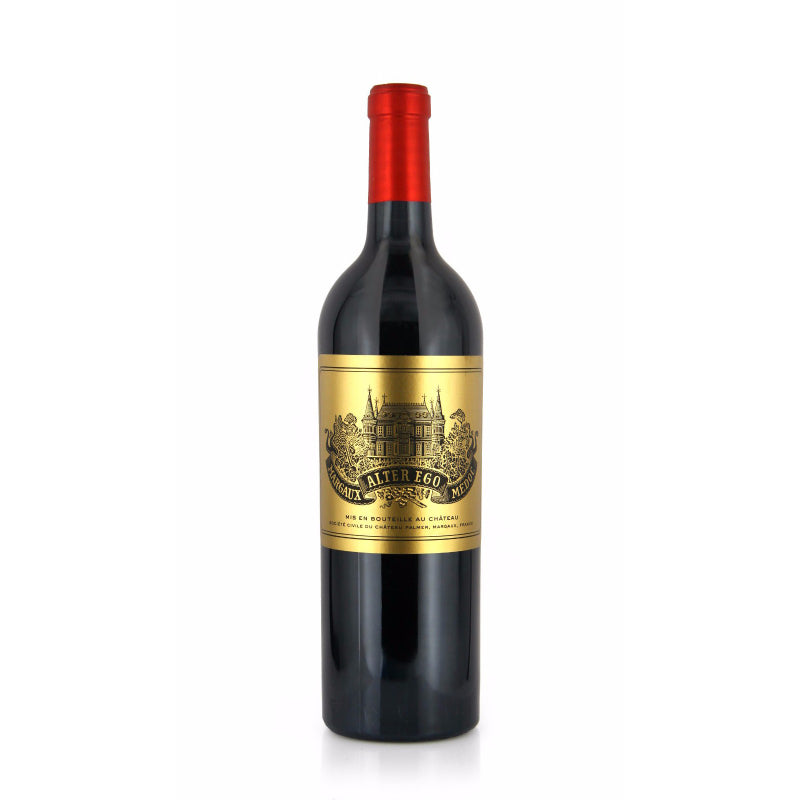Alter Ego de Palmer Margaux 2020 750ml
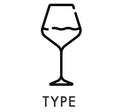



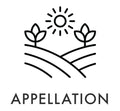

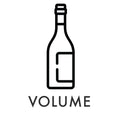
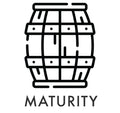
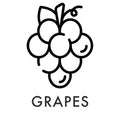

A seductive and richly scented second wine from Margaux, the 2020 Alter Ego de Palmer blends 50% Cabernet Sauvignon, 46% Merlot, and 4% Petit Verdot. Aromas of violets, rose petals, and dark berries lead to a medium-to-full-bodied palate with plush, powdery tannins, juicy blackcurrant, black cherry, blueberry, and subtle balsamic notes. Smooth and approachable already, it balances richness and refinement, showing clear ageing potential through 2031–2045. Elegant, textural, and versatile, this wine reflects both the precision of Palmer’s terroir and the innovation behind the Alter Ego line.
Decanter | D 94
Published: Jan 2, 2023
Drink: 2025-2039
Devilishly charming on the nose, deep and seductive, expressive and richly scented. Juicy and succulent but with a richness in terms of texture and depth. Seductive, defined and refined with a chalky, grip to the tannins. Feels rich and charming at the same time with blackcurrant, black cherry, blueberry, pomegranate and a touch of balsamic with an undercurrent of crushed stones and liquorice. A lovely second wine with clear ageing potential.
The Wine Advocate | RP 93
Published: Apr 6, 2023
Drink: 2026-2045
The 2020 Alter Ego de Palmer has turned out beautifully, bursting with aromas of violets and rose petals mingled with notions of sweet dark berries and baking chocolate. Medium to full-bodied, fleshy and seamless, it's vibrant and perfumed, with a bright core of fruit, powdery tannins and a long, expansive finish. It's a blend of 50% Cabernet Sauvignon, 46% Merlot and 4% Petit Verdot.
Thomas Duroux continues to produce singularly textural, powerful wines at this historic Margaux property, where he has introduced a new focus on parcel-by-parcel viticulture and vinification, as well as pioneering biodynamic methods, over the better part of the last two decades. Today, cover crops are the order of the day, much of the vineyard isn't hedged, and fruit trees are being planted in the rows as part of an agroforestry initiative. The core of Palmer derives from the plateau around the château, where soils consist of a millefeuille of sandy gravel, clay-rich gravel, sandy gravel again and then a meter of pure clay. It's old-vine Merlot, planted on these soils, that lends Palmer its richness and flesh. There are other parcels dotted around the appellation, of course, including a large block of coarser gravel surrounded by trees, not far from Bel Air Marquis d'Aligre.
Jancis Robinson | JR 17
Published: May 12, 2025
Drink: 2024-2031
50% Cabernet Sauvignon, 46% Merlot, 4% Petit Verdot.
Blackish crimson. Very smooth already with sweet, approachable fruit. Maybe not that persistent but already gorgeous. Hardly any tannin in evidence – just a little hint on the finish. A scrumptious current drink.
Chateau-palmer.com
ANY WORK OFFERS ENDLESS POSSIBLE INTERPRETATIONS. Alter Ego was launched with the 1998 vintage, driven by the idea of producing another facet to the estate. Spontaneous, round, generous, and silky, this 'other wine' is both intense and light, rich and delicate. It has the elegance and grain de tanin of its predecessor. Throughout its creation, Alter Ego is led by the same high standards that govern the composition of Château Palmer's great wine.
- 2020 -
Blend: Merlot 46% Cabernet sauvignon 50% Petit verdot 4%
It was as though time stood still over the course of this very special year, forcing us to focus on the essentials, tending our vines and listening to our environment. In the wake of an extraordinary 2018 and a 2019 rooted in pure elegance, 2020 concludes an absolutely exceptional trilogy.
At the end of February, the onset of budding almost two weeks ahead of schedule heralded the launch of a very early vintage. March brought heavy rainfall, followed by an equally damp spring with mild temperatures – conditions all too suited to the spread of mildew. Throughout April and May, the vineyard required exceptional care and attention to keep us on course for a healthy harvest. In mid-May, a return to dry weather set the stage for an ideal flowering period. In June, the summer weather arrived and settled in to stay.
By late July, the berries had begun to change color under the bright and constant sun. Although the heatwaves of August subjected the vines to a good deal of water stress, intense thunderstorms brought welcome respite. The Merlot grapes gorged themselves and Cabernets retained their small size, while the subsequent return of dry weather drove the tannic concentration. Harvest began on September 15, with the Merlot picked in the cool of dawn and the Cabernet gathered as the rain beat down.
In the vat room, the fermentations proceeded smoothly and the assemblage was carried out over two sessions in mid-November, mostly during the run-off phase. Underpinned by the year’s favorable climate, the 2020 vintage is on par with 2018 in terms of structure, boasting sunny Merlots, refined and powerful Cabernets, and a terroir of exceptional clarity.

